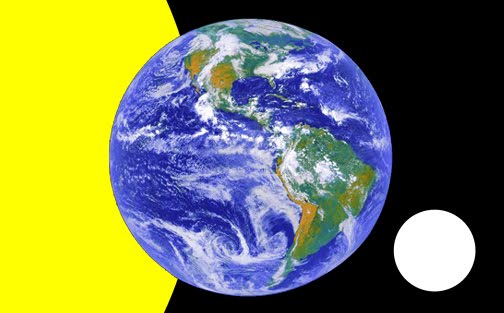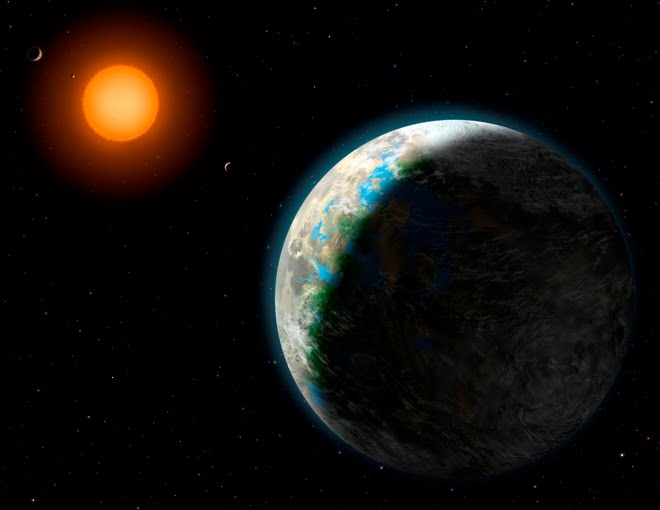Russian rocket launch failure imperils future missions

November may result in abandoned Space Station
By Marcia Dunn, The Associated Press
CAPE CANAVERAL, Fla. - Astronauts may need to take the unprecedented step of temporarily abandoning the International Space Station if last week's Russian launch accident prevents new crews from flying there this fall.
Until officials figure out what went wrong with Russia's essential Soyuz rockets, there will be no way to launch any more astronauts before the current residents have to leave in mid-November.
The unsettling predicament comes just weeks after NASA's final space shuttle flight.
"We have plenty of options," NASA's space station program manager, Mike Suffredini, assured reporters Monday. "We'll focus on crew safety as we always do."
Abandoning the space station, even for a short period, would be an unpleasant last resort for the world's five space agencies that have spent decades working on the project. Astronauts have been living aboard the space station since 2000, and the goal is to keep it going until 2020.
Suffredini said flight controllers could keep a deserted space station operating indefinitely, as long as all major systems are working properly. The risk to the station goes up, however, if no one is on board to fix equipment breakdowns.
Six astronauts from three countries presently are living on the orbiting complex. Three are due to leave next month; the other three are supposed to check out in mid-November. They can't stay any longer because of spacecraft and landing restrictions.
The Sept. 22 launch of the very next crew — the first to fly in this post-shuttle era — already has been delayed indefinitely. Russia's Soyuz spacecraft have been the sole means of getting full-time station residents up and down for two years. The capsule is parked at the station until they ride it home.
To keep the orbiting outpost with a full staff of six for as long as possible, the one American and two Russians due to return to Earth on Sept. 8 will remain on board at least an extra week.
As for supplies, the space station is well stocked and could go until next summer, Suffredini said. Atlantis dropped off a year's supply of goods just last month on the final space shuttle voyage. The unmanned craft destroyed Wednesday was carrying 3 tons of supplies.
For now, operations are normal in orbit, Suffredini noted, and the additional week on board for half the crew will mean additional science research.
The Soyuz has been extremely reliable over the decades; this was the first failure in 44 Russian supply hauls for the space station. Even with such a good track record, many in and outside NASA were concerned about retiring the space shuttles before a replacement was ready to fly astronauts.
Russian space officials have set up an investigation team and until it comes up with a cause for the accident and a repair plan, the launch and landing schedules remain in question. None of the spacecraft debris has been recovered yet; the wreckage fell into a remote, wooded section of Siberia. The third stage malfunctioned; a sudden loss of pressure apparently was noted between the engine and turbopump.
While a crew may well have survived such an accident because of safety precautions built into the manned version of the rocket, no one wants to take any chances.
One or two unmanned Soyuz launches are on tap for October, one commercial and the other another space station supply run. Those would serve as important test flights before putting humans on board, Suffredini said.
NASA considered vacating the space station before, following the space shuttle Columbia disaster in 2003. Back then, shuttles were still being used to ferry some station residents back and forth. Instead, the station got by with two-man crews for three years because of the significant cutback in supplies.
The space station's population doubled in 2009, to six. It wasn't until the space station was completed this year that science research finally took priority.
Even if the space shuttles still were flying, space station crews still would need Soyuz-launched capsules to serve as lifeboats, Suffredini said. The capsules are certified for no more than 6 1/2 months in space, thus the need to regularly rotate crews. Complicating matters is the need to land the capsules during daylight hours in Kazakhstan, resulting in weeks of blackout periods.
NASA wants American private companies to take over crew hauls, but that's three to five years away at best. Until then, Soyuz capsules are the only means of transporting astronauts to the space station.
Japan and Europe have their own cargo ships and rockets, for unmanned use only. Commercial front-runner Space Exploration Technologies Corp., or SpaceX, plans to launch a space station supply ship from Cape Canaveral at the end of November. That would be put on hold if no one is on board to receive the vessel.
Suffredini said he hasn't had time to consider the PR impact of abandoning the space station, especially coming so soon after the end of the 30-year shuttle program.
"Flying safely is much, much more important than anything else I can think about right this instant," he said. "I'm sure we'll have an opportunity to discuss any political implications if we spend a lot of time on the ground. But you know, we'll just have to deal with them because we're going to do what's safest for the crew and for the space station."
Official NASA.gov Space Station website





